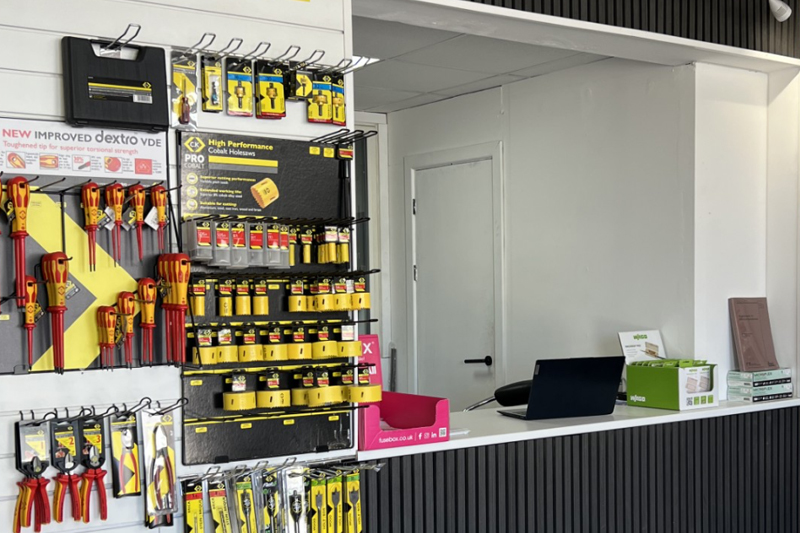Welcome to our combined July/August issue of Professional Electricians Wholesaler. I’m writing this editorial the day before the summer solstice and although my memory might be hazy it looks like we’re getting the weather it deserves this year for the first time in a while.
In recent years I’m sure it has felt like the ‘longest day’ has come and gone with a whimper as it’s been so overcast but this year the forecast at time of writing is 30°C for 21st June!
No, I’m not going to be one of those people who say it’s too hot, but such temperatures do make you more appreciative that most modern cars come with air-conditioning as standard these days. I remember a time when it only came in more luxurious cars and the only way to try and stay cool was to have to have all your windows down, and that only felt like you were being blasted with a hair dryer. As well as air-conditioning we’ve seen a range of in-car innovations over the last few decades such as electric windows, assisted parking, built-in satnav and Bluetooth. The engines powering our cars, however, have remained largely unchanged for well over a century.
Now the tide is definitely starting to turn. In this column 12 months ago I mentioned that electric vehicles (EVs) were around as far back as the 1830s. Now, the ‘hum’ of EVs is almost as common as the ‘brrrum’ of petrol and diesel cars on our streets. It does make me wonder what noises toddlers will be making with their toys in years to come, but I digress…
The transition to EVs in the UK is accelerating. In 2024, a record 381,970 battery-electric vehicles (BEVs) were sold – an increase of 21.4% from 2023 and a 19.6% market share. Looking ahead, the government has set a target that requires 80% of new cars to be zeroemission by 2030 and 100% by 2035. More than 80,000 EV charge points are already available in the UK and a further 100,000 have just been pledged by the government in the coming years. While ‘range anxiety’ and affordability remain obstacles for many potential customers, the UK’s EV transition does appear to be well underway.
In this issue we have feature articles from CTEK and Eclipse, which discuss the problems of widely misunderstood messaging surrounding smart EV charging, and also how the information generated by EV charging can help meet the energy demands of Artificial Intelligence. We also have a Face to Face with Paul Ruddick of D-Line who talks about the latest developments in cable management, and a Soapbox column from David Barnes of KNIPEX who explains how responsible toolmaking can shape a better future.
Enjoy the issue!
– Tracey Rushton-Thorpe
Catch up on previous ‘Editor’s Viewpoint’ here





